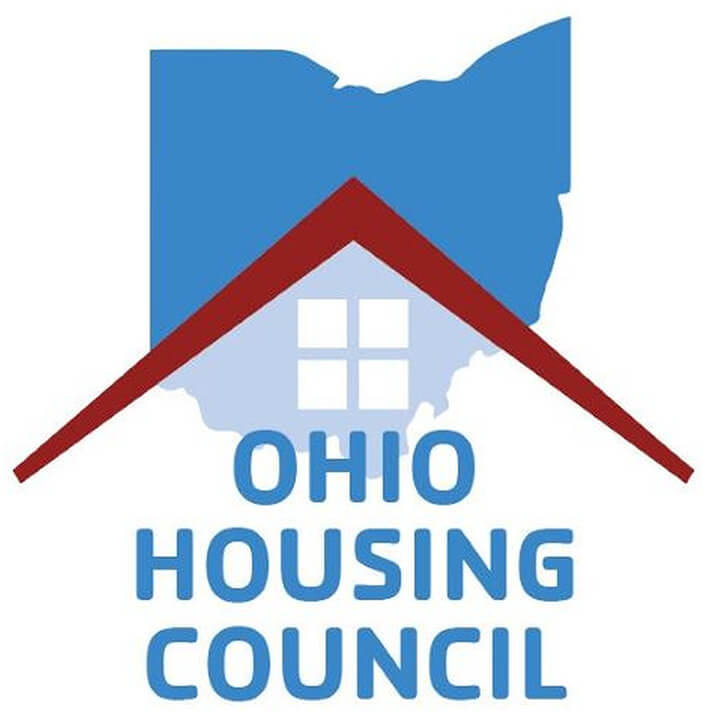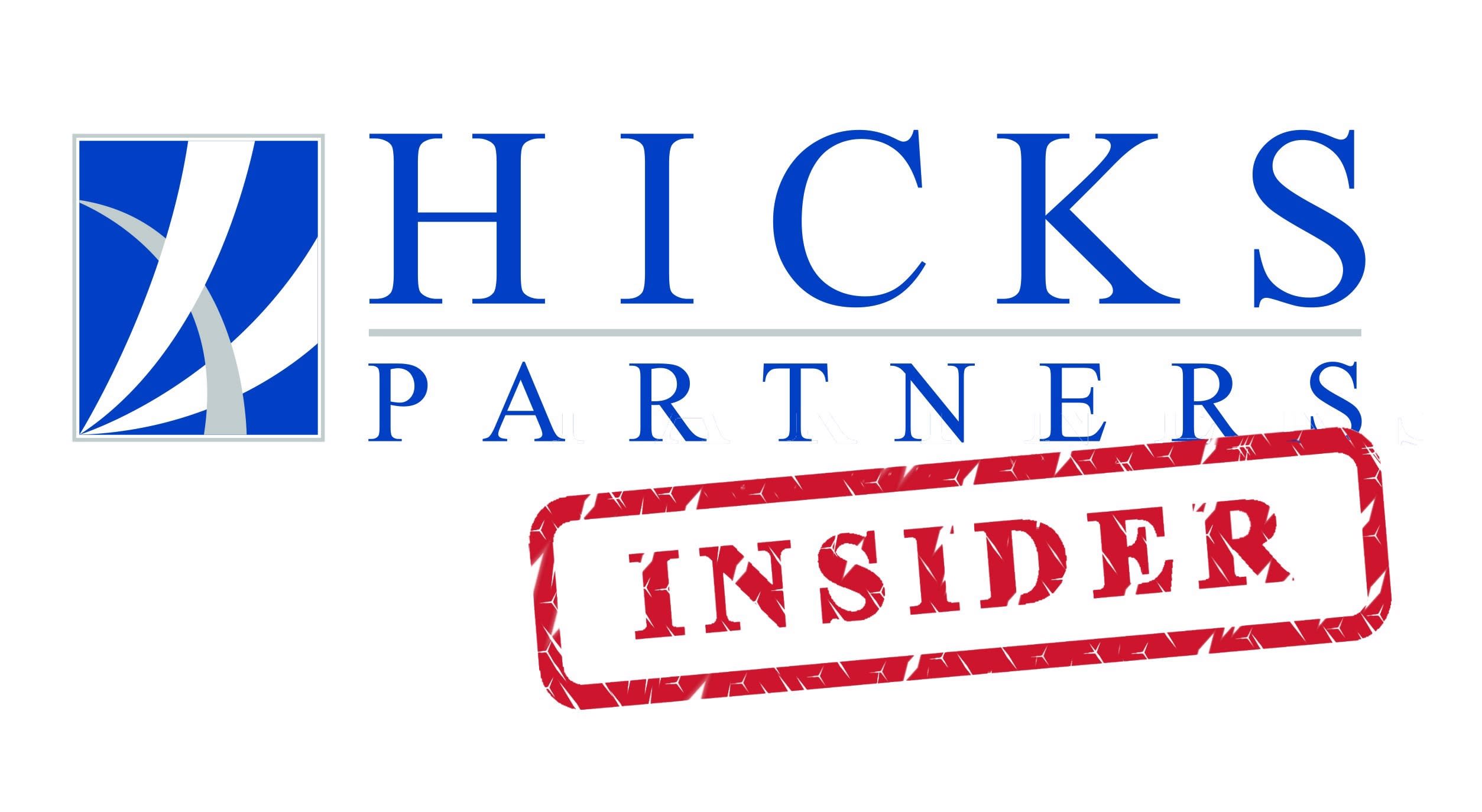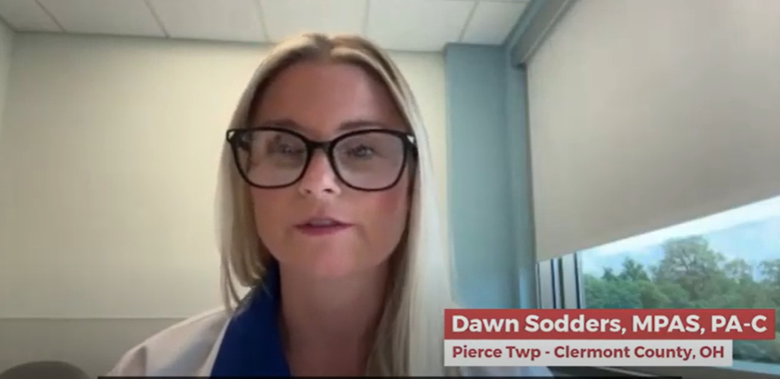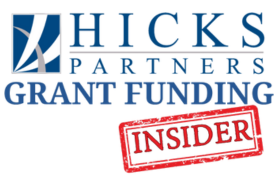2026 Candidates Build Endorsement Momentum Across Party Lines |
|
|---|
|
Leading gubernatorial candidates on both sides continue racking up endorsements as the 2026 election cycle accelerates. Amy Acton, Democratic candidate for governor, added several notable names to her endorsement list, including Republican former Attorney General Jim Petro, who cited her history of bipartisan collaboration during the pandemic. On the Republican side, Vivek Ramaswamy continues his broad coalition-building, earning support from Affiliated Construction Trades Ohio, representing nearly 100,000 workers. His campaign says six labor organizations have endorsed him in the past month. |
|
|---|
|
 Acton's endorsements signal her strategy to appeal beyond the Democratic base in an increasingly Republican-leaning state. Ramaswamy's union support is notable given labor traditionally aligns with Democrats. Endorsements matter, but money, name recognition, and the quality of the candidates' ideas and campaign willultimately determine these races. Acton's endorsements signal her strategy to appeal beyond the Democratic base in an increasingly Republican-leaning state. Ramaswamy's union support is notable given labor traditionally aligns with Democrats. Endorsements matter, but money, name recognition, and the quality of the candidates' ideas and campaign willultimately determine these races. |
|
|---|
|
| Homeownership Rebounds, Renters Face Mounting Pressure |
|
|---|
|
Ohio's homeownership rate hit 70% at the end of 2024, the highest mark in 15 years reversing a historic low of 64% reached in 2022, according to the Ohio Housing Finance Agency's Fiscal Year 2026 Annual Plan. The rebound comes despite headwinds: median home prices are now a record $198,183, and the average 30-year mortgage rate hovered near 6.7%. Renters continue to struggle: - Rents climbed 22% since 2019, far outpacing income growth
- Over 397,000 renters (26%) are severely cost-burdened, spending more than half their income on housing
- Nearly 105,000 eviction filings were recorded in 2024
- A shortage of over 202,000 affordable units exists for very low-income renters, a gap that's widened by 62,000 units since 2019
Multifamily construction hasn't kept pace with demand. While 30,000 new housing units were built in 2024 (an 80% surge in multifamily development, but single-family unit construction only increased by 11%), the supply of affordable homes for those earning 50% or less of area median income continues to shrink. OHFA is deploying $100 million annually from the state budget for affordable housing development, utilizing state housing tax credits and working with stakeholders to maximize impact. Pending legislation would expand incentives for pro-housing policies and development on charitable land, while the Ohio Homebuyer Plus program offers above-market rate savings opportunities. |
|
|---|
|
 The homeownership recovery signals positive momentum for some Ohioans, but the rental affordability crisis demands scalable solutions. Without sustained investment in affordable multifamily housing and targeted policy interventions, hundreds of thousands of renters remain one financial shock away from housing instability. The homeownership recovery signals positive momentum for some Ohioans, but the rental affordability crisis demands scalable solutions. Without sustained investment in affordable multifamily housing and targeted policy interventions, hundreds of thousands of renters remain one financial shock away from housing instability. |
|
|---|
|
Ohio's FY 2027-2028 Capital Budget Process Begins |
|
|---|
|
Ohio state agencies are beginning their capital budget planning as the Office of Budget and Management recently released guidance for the FY 2027-2028 capital appropriations cycle. Agencies anticipating capital needs in the coming years must submit comprehensive capital improvement plans by November 3, 2025, with reappropriation requests due November 21, 2025. The capital planning process covers the cost of acquiring, constructing, reconstructing, and equipping facilities throughout the six-year period beginning July 1, 2026. Agencies must submit detailed narratives for each project, including cost estimates, project phasing analysis, and operating cost impacts. Projects must adhere to some restrictions: - Bond restrictions: Tax-exempt status means strict limits—projects must serve public purposes like highways, higher ed, K-12, mental health, or corrections.
- Allowability test: Eligible costs include land, design, major equipment, and renovations—not routine repairs or maintenance.
For Information Technology projects, agencies face heightened scrutiny. Projects must meet a $10 million threshold to qualify as capital expenditures, and all IT initiatives must adhere to NIST Cybersecurity Framework principles and restrictions on Chinese-owned applications per ORC 125.183. |
|
|---|
|
 Past capital budgets rode the wave of massive federal infrastructure dollars—those days are over. Projects now compete in a tighter funding environment where the administration and General Assembly pick winners based on execution capability, not just need. Legislators want visible results solving real problems; the administration wants fiscal discipline advancing policy goals. Past capital budgets rode the wave of massive federal infrastructure dollars—those days are over. Projects now compete in a tighter funding environment where the administration and General Assembly pick winners based on execution capability, not just need. Legislators want visible results solving real problems; the administration wants fiscal discipline advancing policy goals. |
|
|---|
|
Ohio Treasurer Launches Small Business Loan Program |
|
|---|
|
Ohio Treasurer Robert Sprague has launched the Buckeye Business Advantage program, a new financing initiative designed to reduce interest rates on small business loans through participating financial institutions across the state. The program offers Ohio entrepreneurs access to reduced borrowing costs whether they're launching a startup or expanding existing operations. The mechanism is straightforward: business owners work with participating banks to secure loans, and the Treasurer's Office deposits funds with those institutions at below-market rates, allowing lenders to pass savings directly to borrowers through reduced interest rates. Eligible businesses must be headquartered in Ohio, employ 150 or fewer workers (at least 51% must be Ohio residents), be organized for profit, and use loan proceeds exclusively for business purposes. A list of participating financial institutions will be available when the program opens for applications later this month. |
|
|---|
|
 This program adds another tool to Ohio's economic development arsenal at a time when access to affordable capital remains critical for small business growth. The structure is smart—state funds work as deposits rather than direct loans, meaning participating banks maintain underwriting standards while borrowers benefit from lower costs. This program adds another tool to Ohio's economic development arsenal at a time when access to affordable capital remains critical for small business growth. The structure is smart—state funds work as deposits rather than direct loans, meaning participating banks maintain underwriting standards while borrowers benefit from lower costs. |
|
|---|
|
Legislative Spotlight – HB 353 |
|
|---|
|
HB 353, introduced by Rep. Brian Lampton and Rep. Gayle Manning, updates state law to replace “physician assistant” with “physician associate” across the Ohio Revised Code, aligning terminology with modern PA practice. It makes conforming changes without altering scope or supervision, improving patient understanding and system clarity. Why it’s needed: The Ohio Association of Physician Assistants says the title update improves clarity for patients, organizations, and policymakers, without changing PA scope/independence. OAPA’s rationale is straightforward: the update improves clarity for patients, healthcare organizations, and policymakers; reflecting modern PA practice while keeping Ohio’s scope rules intact. Click the image above to watch: Why the “Physician Associate” title matters in Ohio. |
|
|
|
|
Our Grant Alert list is updated! Review the list of ongoing grant opportunities, click the link below. |
|
|---|
|
| |
|








